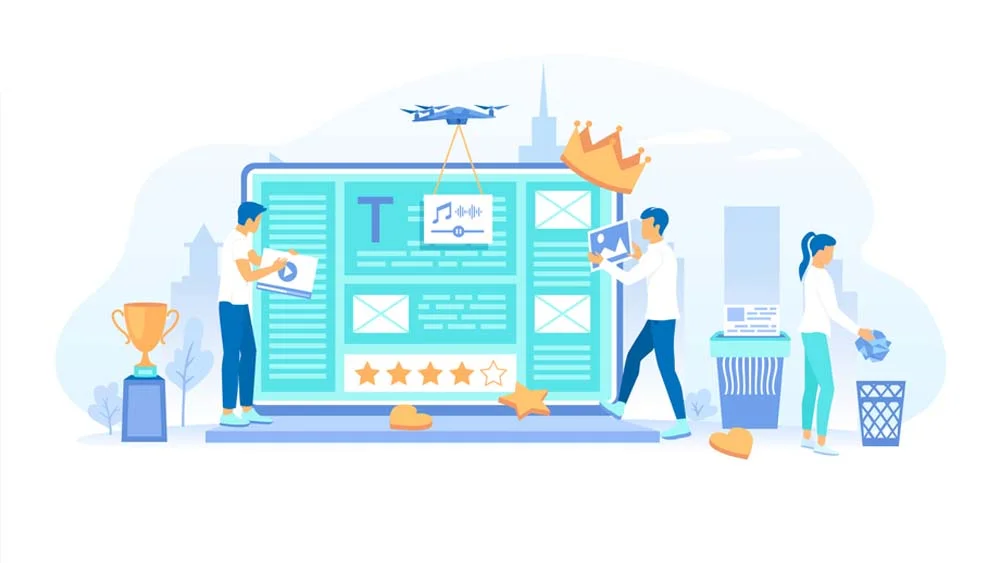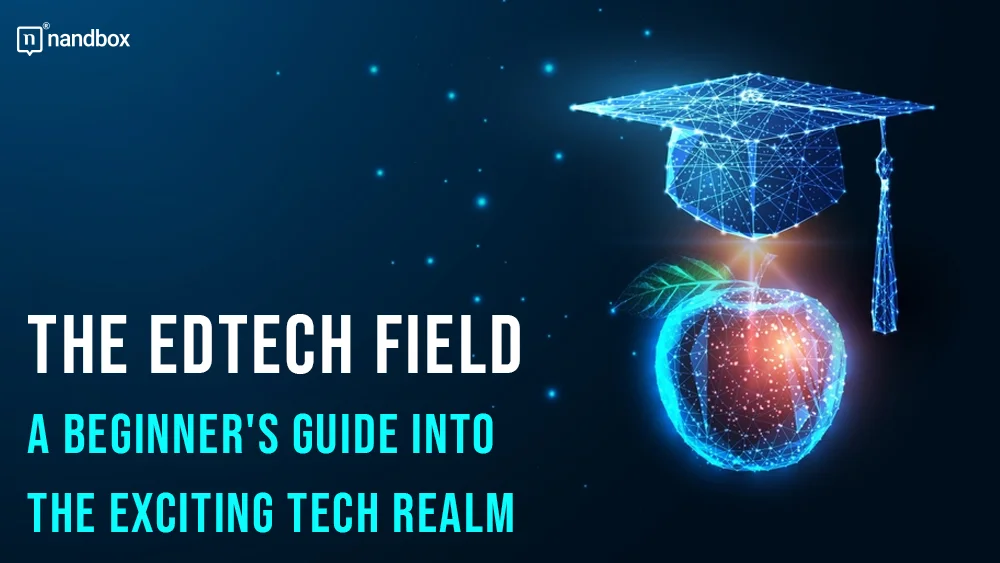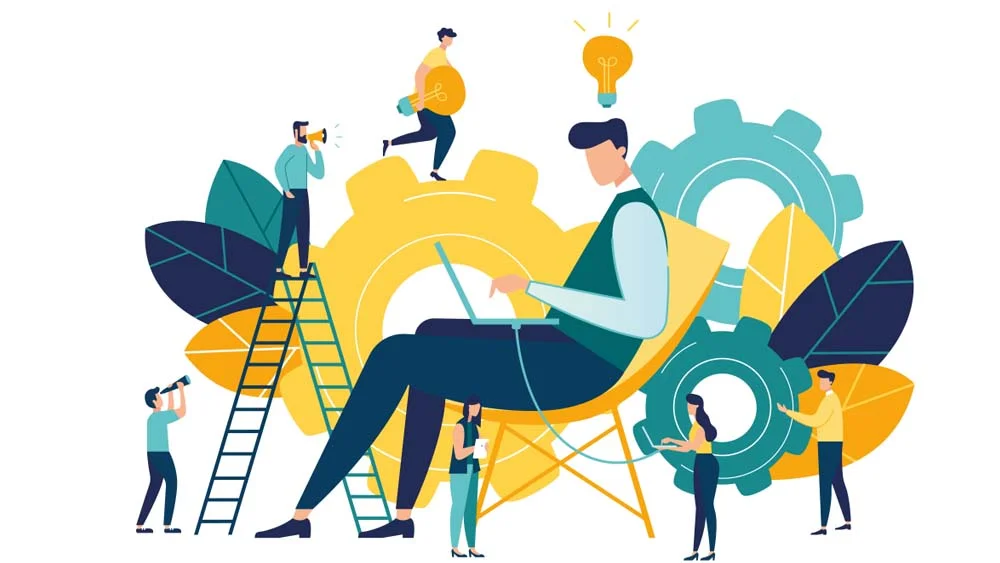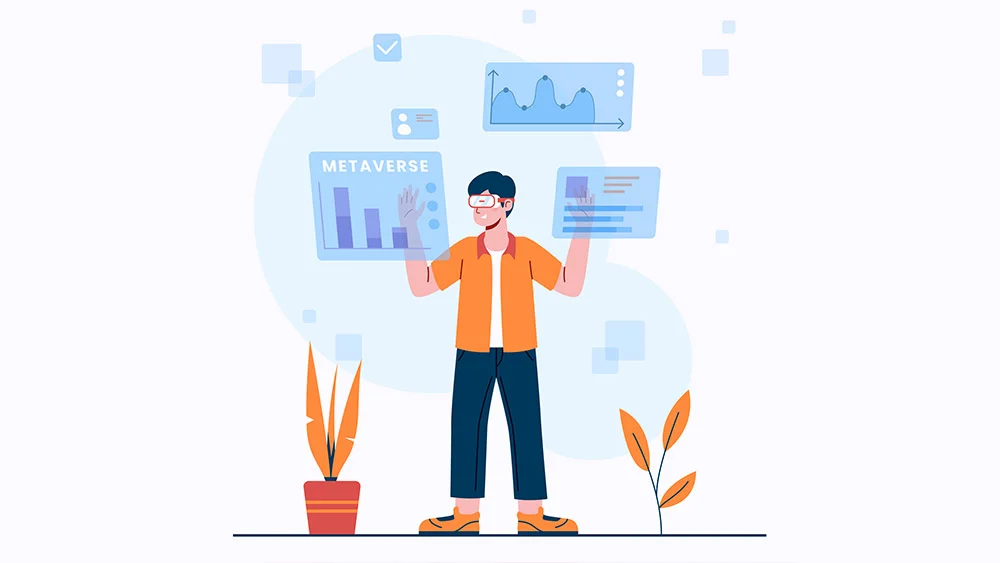Education is an endless journey for all of this. We live a long life of learning to reach the end with limitless knowledge. This is not only in basic life matters but in everything. In the end, it is all about feeling worthy, and nothing more than education and learning can accomplish this greatly. The world is the only thing that gets more advanced and progressive the older it gets. And as it does this, many aspects of our lives do too, including education. The legendary clash of education and technology is one of a kind and helped many people get the chance to accomplish a lot. In this article, we will discuss the great realm of EdTech. We will demonstrate how the EdTech field started and the many advantages it holds.
What is EdTech? Definition and History
Edtech is the merger of education and technology that has been taking over the world for some time. This term surfaced and started to become a standard in the educational sector around 3 years ago, during the pandemic. Although this merger has had a presence for a long time, it didn’t gain recognition until recently.
The EdTech field is the combination of learning and educational processes with hardware, software solutions, tools, and online platforms.
You were probably involved with different forms of EdTech; however, you were unaware of it. To your and my surprise, EdTech started with the wikis in the 1980s. Wikipedia? You use Wikipedia as your source of information. Well, yes, given that it is one of the richest libraries on the internet. Wikipedia was one of the greatest sources of information that emerged early on the World Wide Web, and people used it for many years to learn about a lot of matters and topics.
The progression of the EdTech field took another toll a year or two later with the birth of the e-learning concept. This happened through CDs and many mediums on the internet and became a very convenient way of learning
The shift to Web 2.0 acted as another prominent chance for EdTech to shine. Web 2.0 was faster, more broad, and more inclusive than Web 1.0. This is because it contained more space for elements like videos, visuals, and many more.
This led to the emergence of many forms of EdTech that people enjoy now, and we are going to discuss them in detail in the next section.
From Digital to Virtual: Different Forms of EdTech You Should Know About
In the realm of educational technology (EdTech), the transition from traditional digital tools to more immersive virtual technologies has revolutionized the way we teach and learn. Understanding the different forms of EdTech is essential to comprehending the breadth and depth of possibilities available for modern education.
Digital Learning Platforms
Digital learning platforms are one of the tools of the EdTech field that all educational institutions rely on heavily now. This category includes a wide variety of online resources with specific applications in the classroom. Course administration, content delivery, grading, and student-teacher contact are all simplified with the help of a learning management system or LMS like Canvas and Blackboard. These sites typically provide one convenient location for students to access course materials, activities, tests, and group discussions.
Online Courses and MOOCs
You have interacted with online course platforms or MOOCs some time in your life. For sure, you know a green bird that always begs you to learn more languages. MOOCs, or massive open online courses, are online education programs that welcome students from all around the world. Coursera, Udemy, and Khan Academy are just a few of the online learning platforms that provide learners with access to a wealth of high-quality educational content, regardless of where they happen to be located. These platforms usually have specializations like Duolingo for language learning or are broad and include a plethora of courses like Udemy. This provides students and people from around the world with a lot of flexibility.
Podcasts and Video Learning
A lot of people like an informative and interactive lesson, something they can see and therefore comprehend better. Other people prefer listening, and luckily, EdTech contains both. Podcasts and videos with educational content have gained popularity as a means of disseminating knowledge and keeping students interested. Videos on sites like YouTube or educational streaming services give interesting visual learning experiences, and podcasts provide a wide range of topics that can be accessed quickly and easily.
Applications
Lastly, comes the most important form of EdTech. Applications are tech breakthroughs; this is a fact that we can’t disagree with. And that is why it has been a major part of the educational sector and, thus, a major part of EdTech. Applications are convenient and invaluable tools that people from around the world can use to access an endless stream of knowledge. Actually, all the previous forums can be found and accessed through applications. This makes it the ultimate form that can gather all the tools that anyone who seeks education and an engaging learning experience can use.
In turn, this led to the emergence of an easier way of developing applications, like no-code development, which gave developers the chance to create educational applications effortlessly. Platforms like the nandbox app builder are known for emphasizing the educational app category with many features that make robust and effective educational apps.
Importance of the EdTech Field
Educational technology has become increasingly important in modern education for several reasons, let us explore a few!
Enhanced Learning Experience
Many modern educational technologies provide students with more dynamic and interesting ways to learn. To make learning more efficient and entertaining for everyone, it incorporates simulations, educational games, interactive content, and individualized learning experiences.
Accessibility and Inclusivity
By expanding access to educational resources, EdTech can eliminate accomplishment gaps. It facilitates easier access to learning materials for children with special requirements. It’s also a means of bringing education to places where it might not otherwise be accessible, such as rural or impoverished areas.
Personalized Learning
Data and algorithms are the backbone of Personalized learning platforms, which tailor the education received by all students. This makes it possible for students to learn at their own pace, fill in any knowledge gaps, and tackle problems that are appropriate for their skill set.
Teacher Support and Professional Development
Teachers can benefit from EdTech by having access to a wider variety of resources, tools, and platforms for class planning, delivery, grading, and progress monitoring. It also provides opportunities for teachers to engage in ongoing professional development, keeping them knowledgeable and updated on developments in educational theory and practice.
Cost-Effectiveness
EdTech has the potential to reduce expenses over time. The use of costly textbooks is one example of how digital resources and online platforms may help save money. It also allows for remote learning, which can cut down on expenses associated with setting up and maintaining a physical classroom.
Preparation for the Future
EdTech integration helps students acquire the technological literacy necessary for success in today’s information-intensive workforce and environment. Tech literacy and critical thinking can be fostered through familiarity with a wide range of software and hardware that EdTech helps with.
Global Learning Opportunities
By bridging geographical and linguistic barriers, EdTech enables students to work with and learn from people all over the world. One such method of breaking these barriers revolves around universities hiring higher education marketing agencies, which recommend the best universities to the most aspiring students all over the world. This helps students expand their horizons and expose them to new cultures.
Challenges of the EdTech Field
While the EdTech field offers numerous advantages, it also presents several challenges that need to be addressed for its effective implementation:
Quality of Content

The availability of so many online learning resources does not necessarily imply their high quality. Lack of uniform quality control can make it difficult for teachers to choose useful and reliable materials for their students.
Teacher Training and Support
Training teachers well is essential for successfully incorporating technology into the learning environment. Unfortunately, many educators may lack the necessary skills and knowledge to fully exploit EdTech to enhance their students’ learning experiences.
Maintenance and Infrastructure Costs
It can be costly for educational institutions to build and maintain their technological infrastructure. This is because it involves investing in hardware, software, updates, and a solid IT infrastructure, which may call for a huge budget.
Over-reliance on Technology
Overuse of technology might impair one’s ability to think creatively and solve problems independently. There is a risk that students will rely too heavily on technology and lack the skills to solve problems without it.
Future Trends in the EdTech Field
The EdTech field is never-ending, and we don’t think it is unstoppable either. The minute any technological advancement emerges, EdTech takes advantage of it in a way. This reached the point where even some advancements were only EdTech-related. Without further ado, let us explore some future and prominent trends in EdTech that will help transform and evolve this concept.
1. Virtual and Augmented Realities
VR and AR are the future of any industry and sector, given the out-of-world capabilities they offer. Virtual reality and augmented reality can produce fully immersive classroom environments. Virtual reality immerses the user in a virtual setting, while augmented reality superimposes digital content over the real world. VR field tours, laboratory simulations, and historical reconstructions are just a few examples of the kinds of interactive experiences made possible by today’s technological advancements.
2. Nano Learning
Kindergarten through grade 12 students are now using nano-learning, which is the newest trend in the educational industry. With the rise of short-form media formats, experts have expressed interest in using them as a learning method. Short-form videos that emerged with platforms like TikTok and Instagram are small and digestible, which allows students to comprehend information better. This method is not popularized, but it is on the way as it has proven to deliver information efficiently and effectively.
3. Gamification
Adding play elements to learning activities has been shown to increase engagement and retention. Points, badges, leaderboards, and challenges are only some of the gaming mechanics and elements used by platforms to make education more interesting. Many studies actually prove the effectiveness of gamification in the process of memorizing and comprehending lessons and enjoying school. Educational apps like Kahoot!, Duolingo, and Classcraft use gamification strategies, which in turn have gained millions of users from all around the world.





